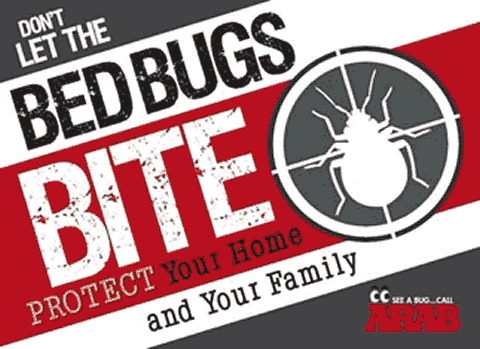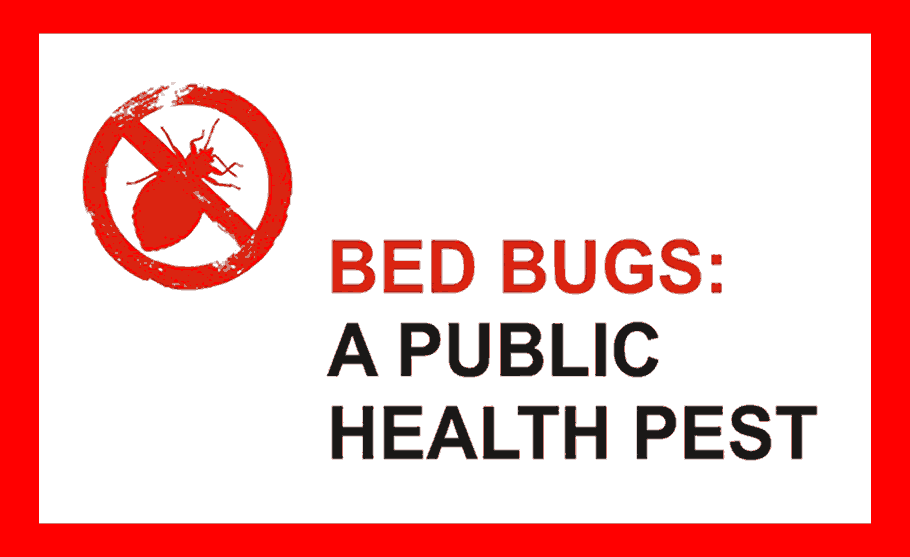Mosquitoes
Information provded by Ohio State University.
There are about 60 different species of mosquito in Ohio. Several of them are capable of transmitting serious, possibly even fatal diseases, such as mosquito-borne encephalitis and malaria to humans. Even in the absence of disease transmission, mosquito bites can result in allergic reactions producing significant discomfort and itching. In some cases excessive scratching can lead to bleeding, scabbing, and possibly even secondary infection. Children are very susceptible to this because they find it difficult to stop scratching. Frequently, they are outside playing and do not realize the extent of their exposure until it is too late.
Female mosquitoes can produce a painful bite during feeding, and, in excessive numbers, can inhibit outdoor activities and lower property values. Mosquitoes can be a significant burden on animals, lowering productivity and efficiency of farm animals.
Identification
Adult mosquitoes are small, fragile insects with slender bodies; one pair of narrow wings (tiny scales are attached to wing veins); and three pairs of long, slender legs. They vary in length from 3/16 to 1/2 inch. Mosquitoes have an elongate "beak" or piercing proboscis. Eggs are elongate, usually about 1/40 inch long, and dark brown to black near hatching. Larvae or "wigglers" are filter feeders that move with an S-shaped motion. Larvae undergo four growth stages called instars before they molt into the pupa or "tumbler" stage. Pupae are comma-shaped and nonfeeding and appear to tumble through the water when disturbed.
Life Cycle, Habits and Diseases Carried
Mosquitoes may overwinter as eggs, fertilized adult females or larvae. Eggs, larvae, and pupae must have water to develop. Some female mosquitoes lay their eggs directly on the water surface. Others lay their eggs on substrates above the water line (flood pool mosquitoes); the eggs hatch upon flooding. In some cases, the eggs will remain viable for several years until further flooding occurs. Mosquitoes belonging to the genus Culex lay their eggs in bunches or "rafts." Each raft may contain up to 400 individual eggs. Larvae feed on bits of organic matter dispersed in the water, becoming full grown in about one week. The pupal stage lasts two to three days. Female mosquitoes are ready to bite one to two days after adult emergence. Male mosquitoes do not bite but feed on flower nectar or plant juices. Some mosquitoes have only one generation per year, whereas others may have four or more. Adults may fly 5 to 10 miles, but usually rest in grass, shrubbery or other foliage close to the water breeding area.
Mosquitoes may transmit diseases such as dengue, yellow fever, and malaria to humans. Mosquito-borne encephalitis is a viral inflammation of the brain. Encephalitis can infect humans, horses, and a variety of other mammals and birds. Eastern equine encephalomyelitis (EEE), although very rare is frequently fatal. A small rural outbreak in late 1991 resulted in more than 20 farm animal fatalities, most of which were horses. Transmission of the disease occurs when an infected mosquito takes a blood meal. Birds serve as natural hosts for EEE and St. Louis encephalitis (SLE). St. Louis encephalitis, like EEE is an epidemic disease, meaning that it is usually rare. It can be absent from an area for several years and then reoccur suddenly without warning. LaCrosse encephalitis (LAC) is the third type found in Ohio. It is considered endemic to Ohio and occurs year after year at low levels. Ohio has more recorded cases of this disease than my other state. LaCrosse encephalitis is the least severe of the three types of mosquito-borne encephalitis that are found in Ohio, and occurs most often in children. Small woodland mammals, such as chipmunks and squirrels serve as the natural host for the virus, however LAC virus can also be passed, transovarially, from mother mosquito to her offspring.
Mosquitoes can also transmit filariasis (heartworm) to animals. Dog heartworm is the most significant of these, however in some areas, veterinarians are beginning to see more heartworm in cats.
| Common Name | Scientific Name | Importance |
|---|---|---|
| Asian Tiger Mosquito | Aedes albopictus | LAC, EEE, SLE, Pest |
| (banded spring mosquito) | Aedes canadensis | LAC, Pest |
| Eastern Treehole Mosquito | Aedes triseriatus | LAC |
| (flood-water mosquito) | Aedes tivittatus | Pest |
| Vexans Mosquito | Aedes vexans | Pest |
| Common Malaria Mosquito | Anopheles quadrimaculatus | Malaria, Pest |
| Cattail Mosquito | Coquillettidia perturbans | EEE, Pest |
| Northern House Mosquito | Culex pipiens | SLE |
|
Key: LAC = LaCrosse Encephalitis EEE = Eastern Equine Encephalomyelitis SLE = St. Louis Encephalitis |
||
Contact Us ~ We can help!
Info on Zika Virus
Hours of operation: Monday through Friday 7:30 A.M. to 4:00 P.M. EST
Arab Pest Control, a division of Lewellen Services, Inc.
232 West Main St., Logan, OH 43138
800-654-8870
![]()
![]()


![]()
Serving Central And Southeastern Ohio Since 1980 • Family Owned And Operated• Fully Licensed By The State And Bonded And Insured. • Termite Warranties • Licensed Technicians • Extensive Training and Retraining• Uniformed Technicians• Marked Vehicles• All Pest Services Offered• Able To Tailor Services To Fit Your Needs• Convenient Hours• Polite And Courteous Staff • We Use The Up To Date Chemicals And Treatment Methods To Protect Your Family And Pets • Many Treatment Services Offered• Senior Citizen Discounts





